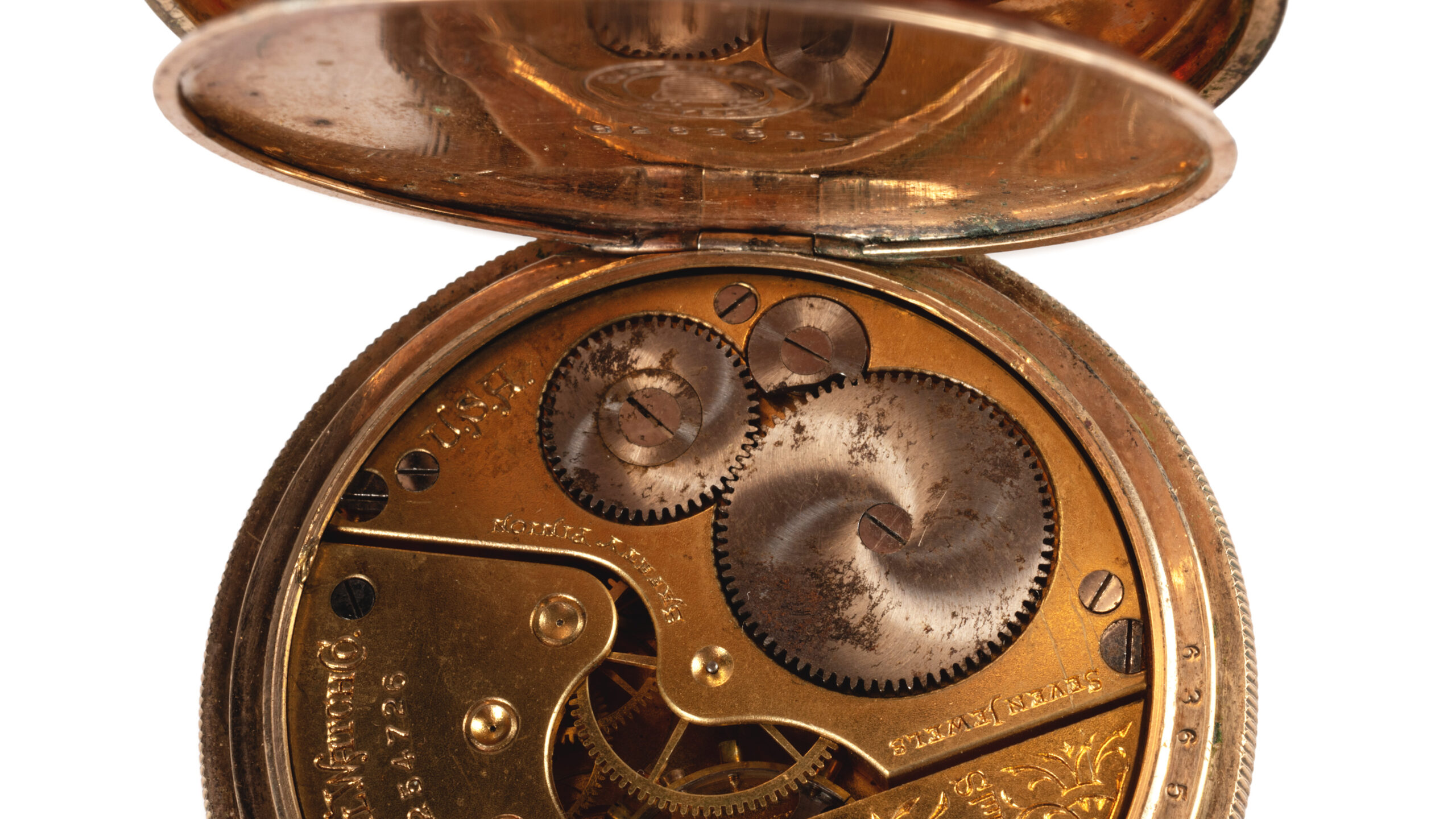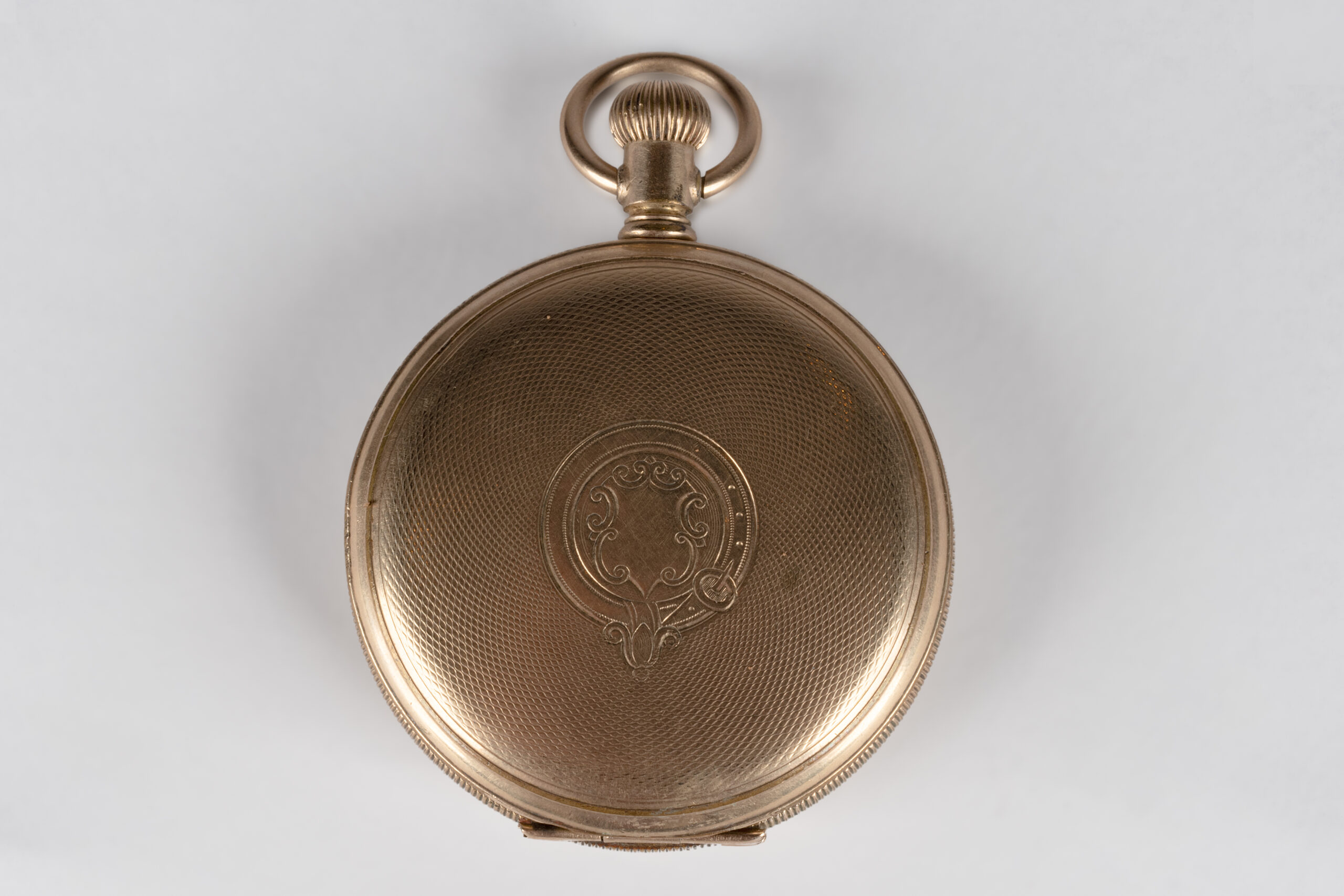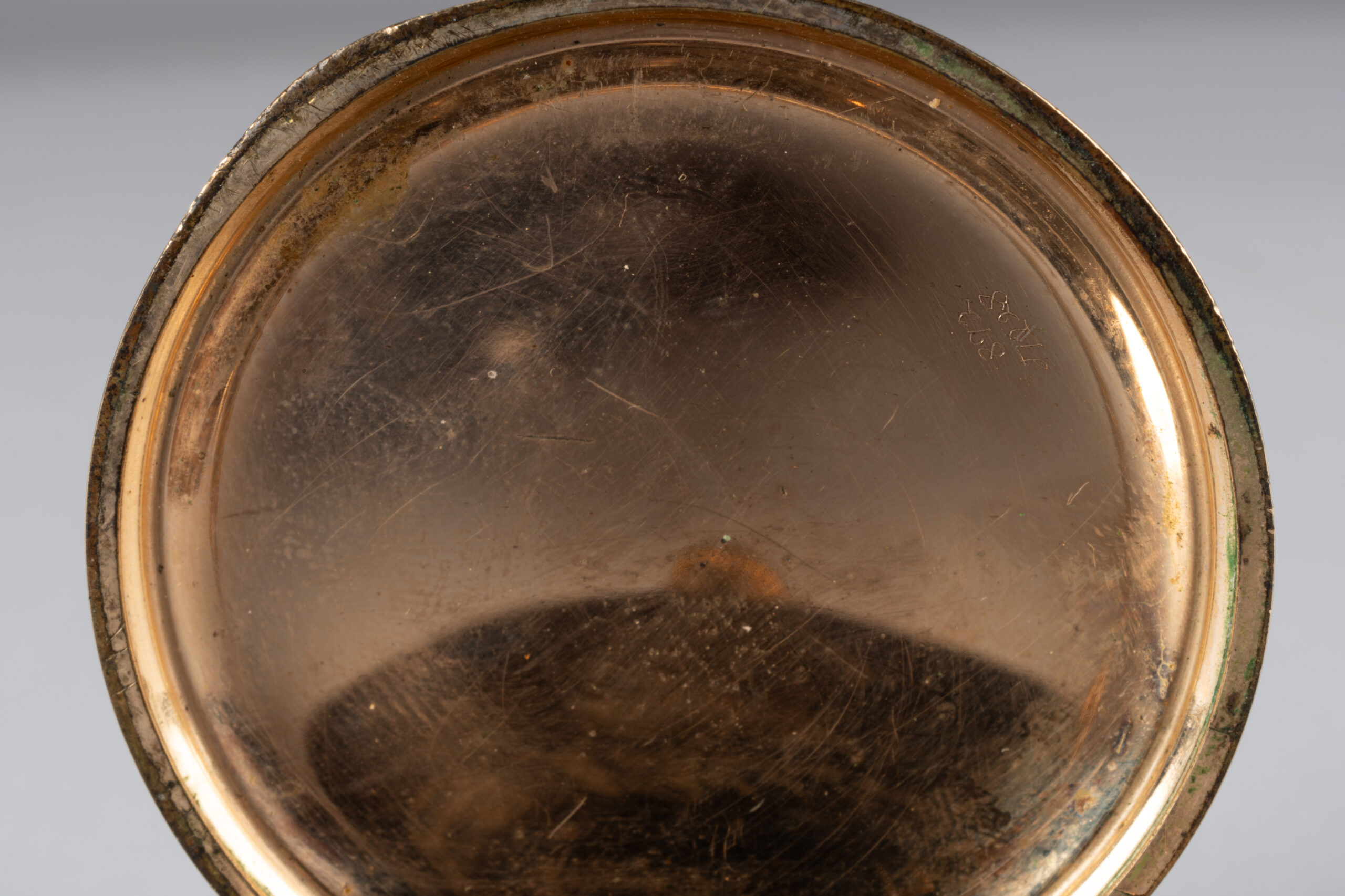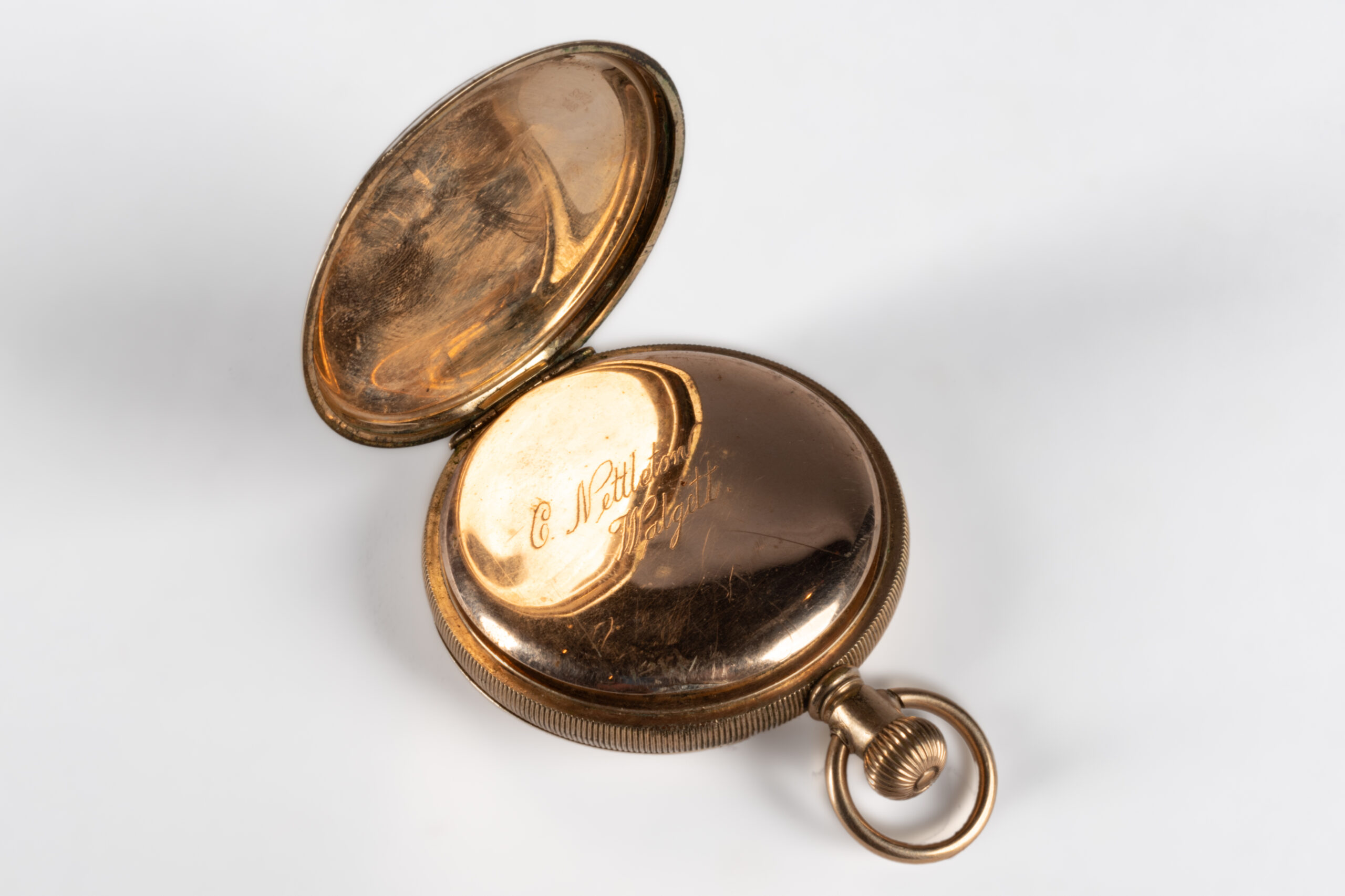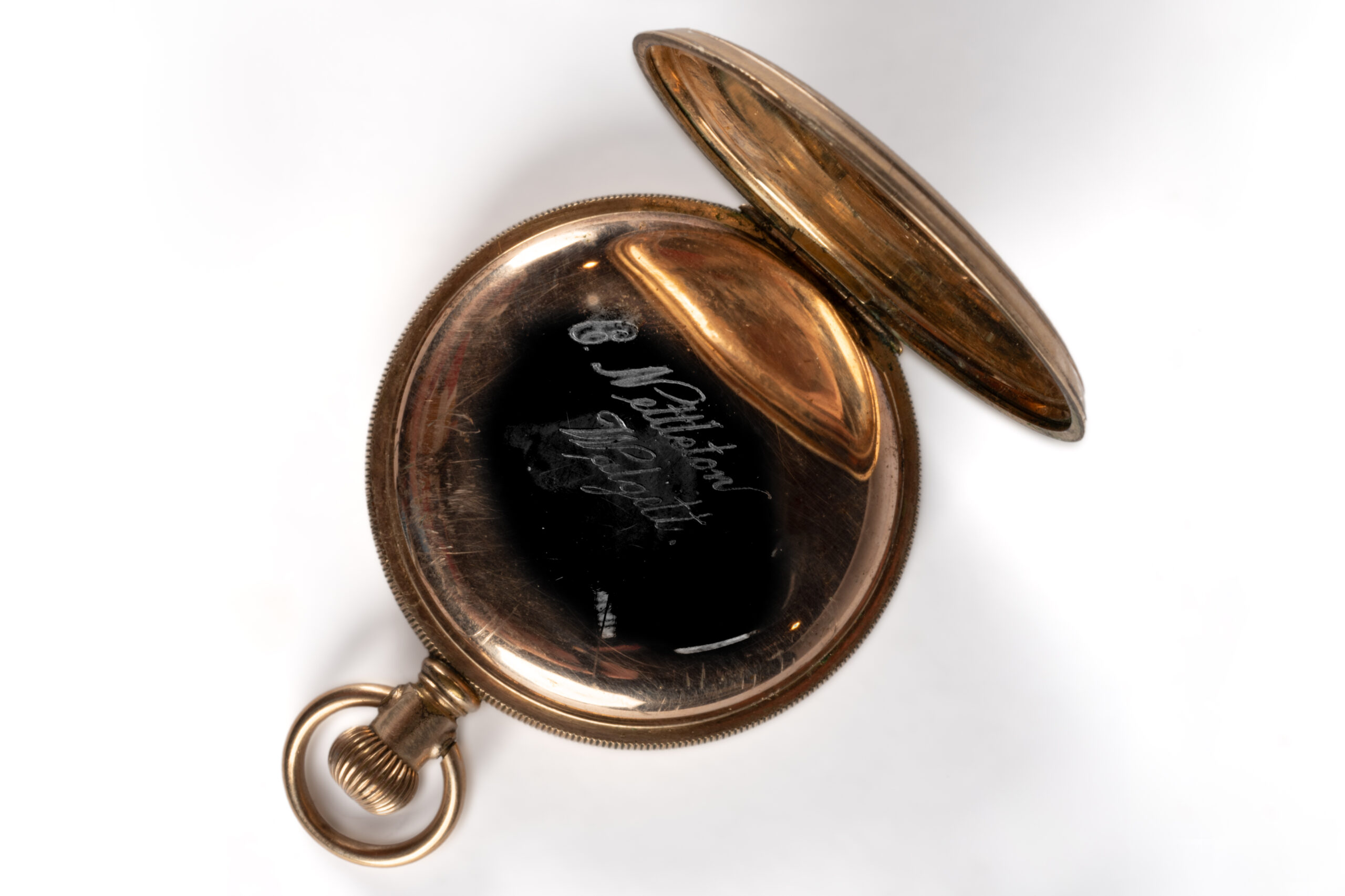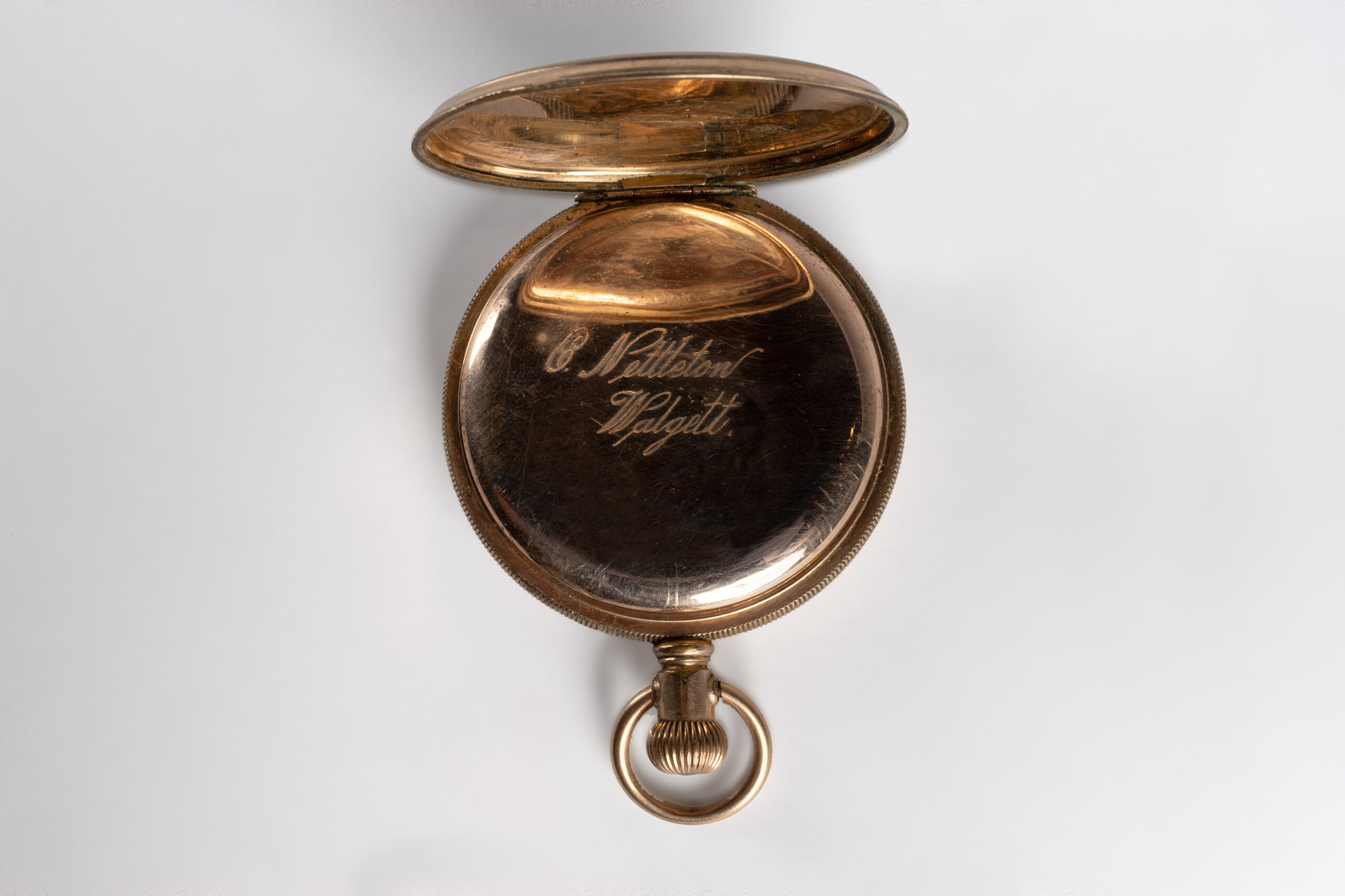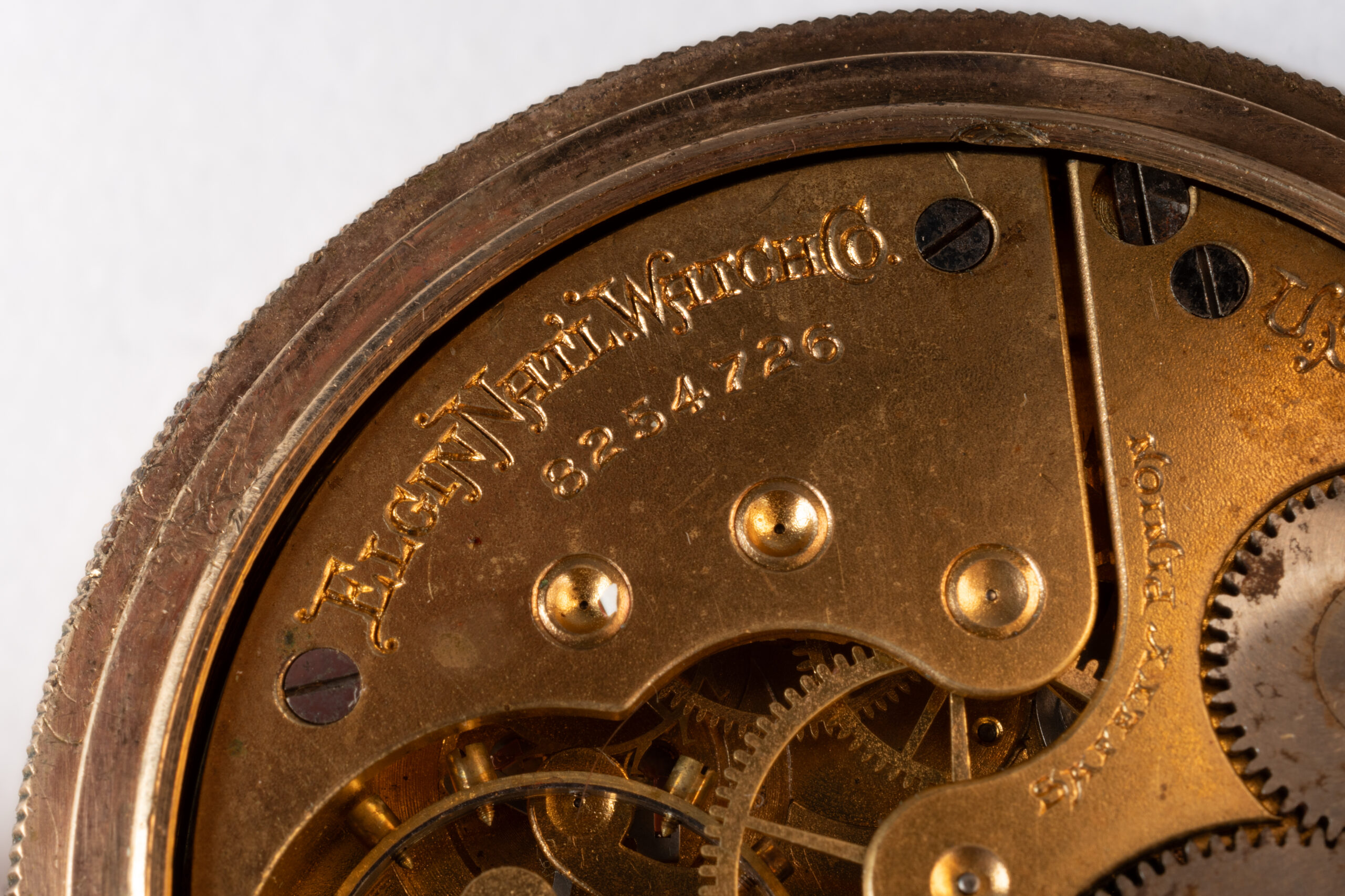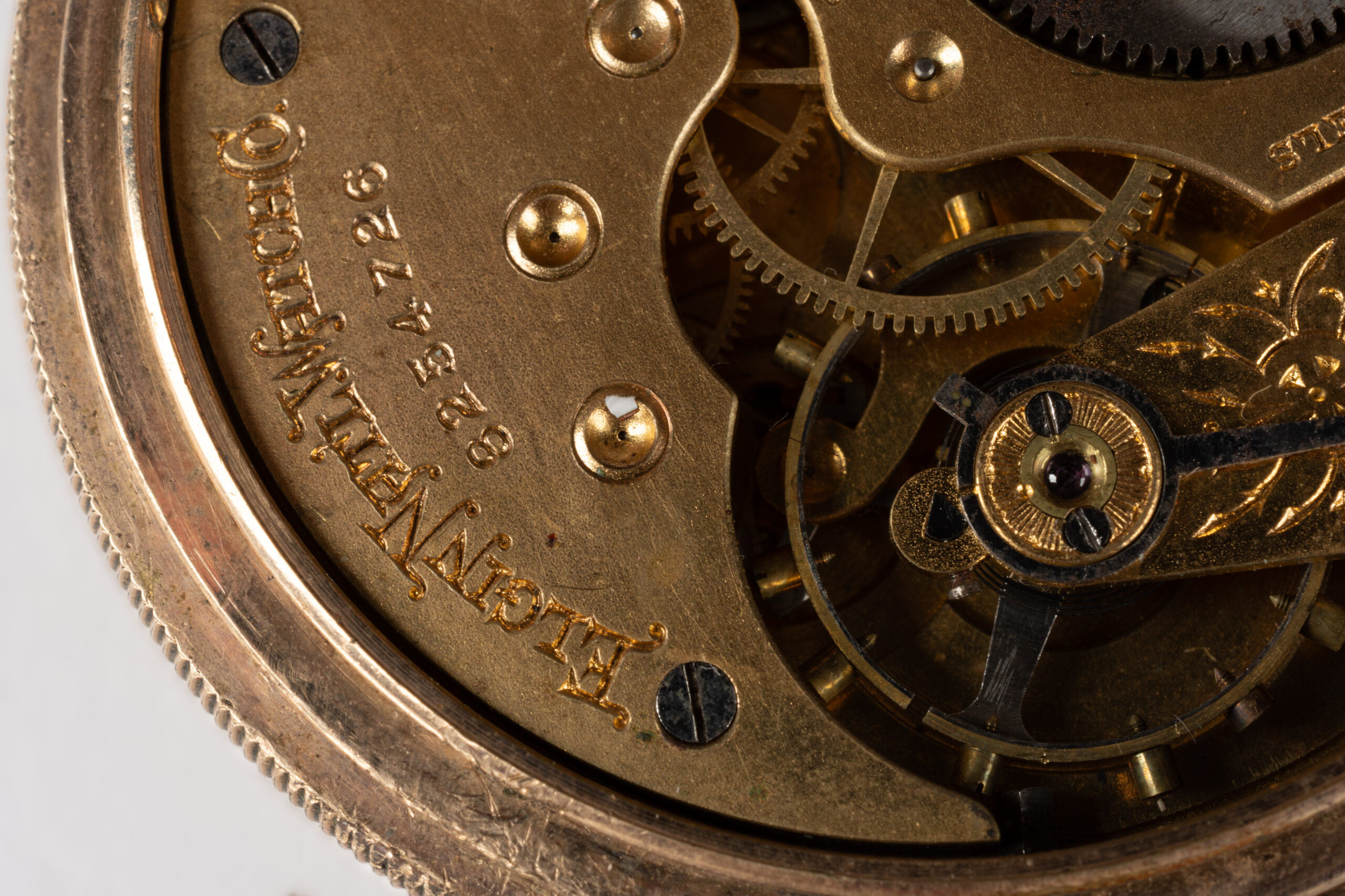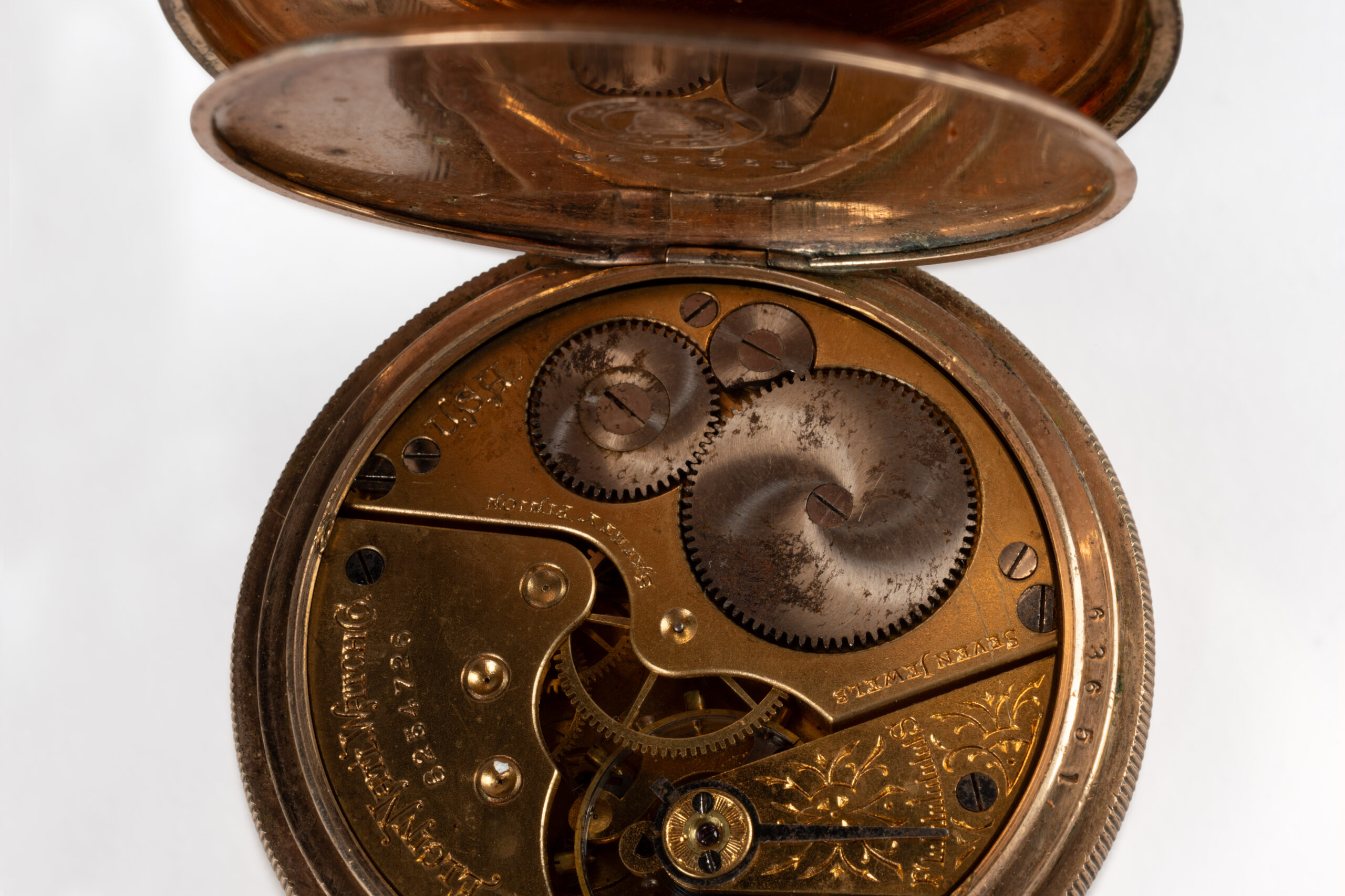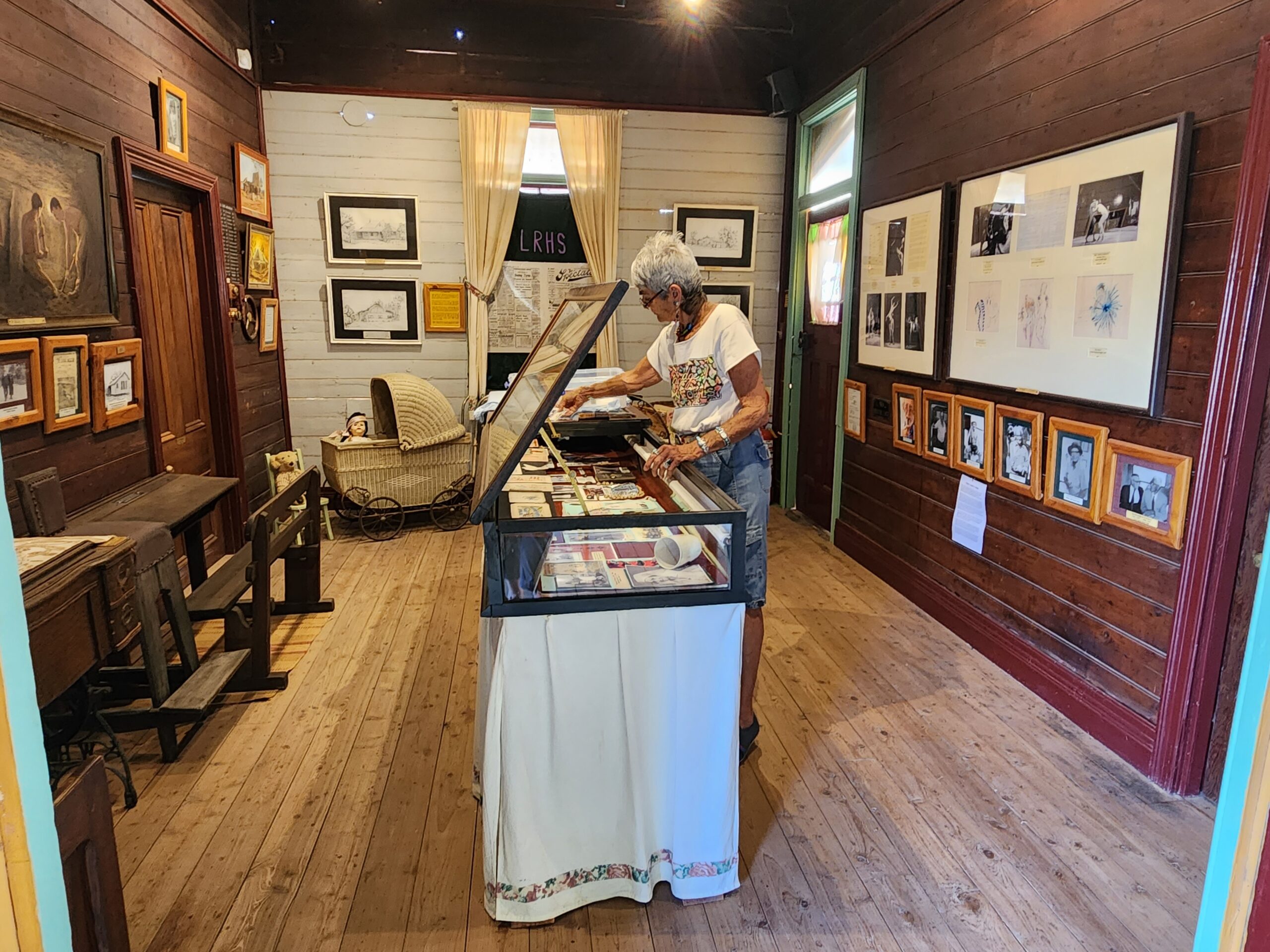Charlie’s Time
An Opal Miner's Pocket Watch
Victorian goldminer Charles Waterhouse Nettleton (1862-1946) arrived on Mt Browne’s Albert gold fields west of Milparinka in New South Wales sometime before it closed down in 1893. He was a solitary man, a prospector, so wandered southeast to White Cliffs, the home of milky opal, and his new interest.
But gold was in his blood and, after a few years, he walked towards Bathurst, following the Darling (Barka) River from Wilcannia and then east along the Barwon to the Walgett district, a 700 km journey. We don’t know how long that took but his pocket watch is engraved ‘C Nettleton Walgett ‘ and he is listed in the 1901 census at Walgett under a misspelled Nettleton.
Charlie explored the district. Towards Queensland, there could be gold. At Angledool village he chanced to meet Ann, the Angledool Run’s boundary rider Bill Ryan’s wife. In conversation, she showed him some ‘pretty black rocks’. She’d fossicked them below the ridge near their hut on the traveling stock route to the south. Nettleton’s prospecting skills kicked in when he saw potential in the unusual dark stones hinting opal, revealed through erosion. Their origin would be on that ridge.
Nettleton went home with the Ryans. The word was out that a professional miner was in the district, and a syndicate of local businessmen and graziers was formed to sponsor Charlie to look for that opal. They offered him a contract to dig. But by 55 feet deep and no trace, the job was concluded. His payout was minimal and his disappointment maximal!
With a pittance for his efforts, Charlie walked to the next ridge where he’d heard a boundary rider on the adjacent pastoral run had discovered opal and had even sent it to Sydney for assay. Opal founder Jack Murray got fired for digging up the land rather than looking after it. He was out setting rabbit traps, and on a Sunday! Trace guided his digging and he welcomed Charlie as his partner.
Murray found the opal and Nettleton knew what to do with it! They walked to White Cliffs with their parcel of black nobbies (nuggets) during the summer 1902-1903. Through Charlie’s contacts, knowledge and reputation, the local buyer Ted Murphy took a gamble, promising a further payment with the approval of his employer. We don’t know how much came after, but we do know that many White Cliffs miners came to Lightning Ridge for a new opal rush (and a new opal!). And the second settlement on the diggings (1909-1912) was officially known as Nettleton in the NSW postal service, which shows the respect held for the man, Charles Waterhouse Nettleton.
Did Nettleton sell his pocket watch at some point for grubstake? Was it stolen? We’ll never know why it ended up in a local collection. Charlie left the Ridge in 1942, nearly blind, and went into care at the Balmain’s Men’s Home Sydney. He was buried in a pauper’s grave at Rookwood.
To mark 100 years in 2003, the Lightning Ridge Historical Society marked his grave and, in 2013, a bronze was sculpted by Brett Garling. The Spirit of Lightning Ridge Charlie Nettleton stands proud in Morilla Street. It seems he just walked out the door of Heritage Cottage! People often say ‘G’day’!


